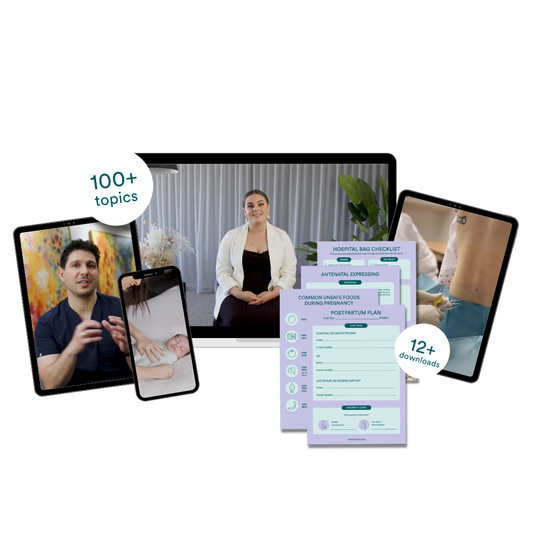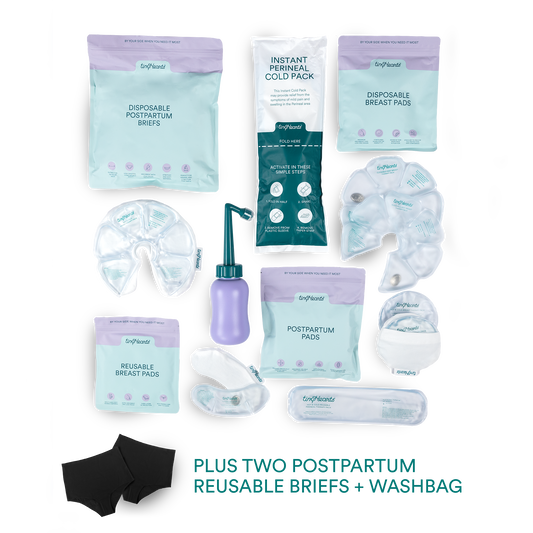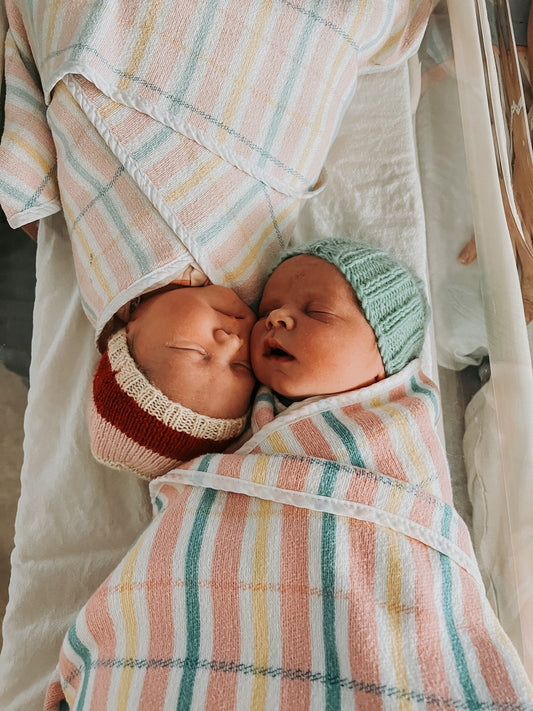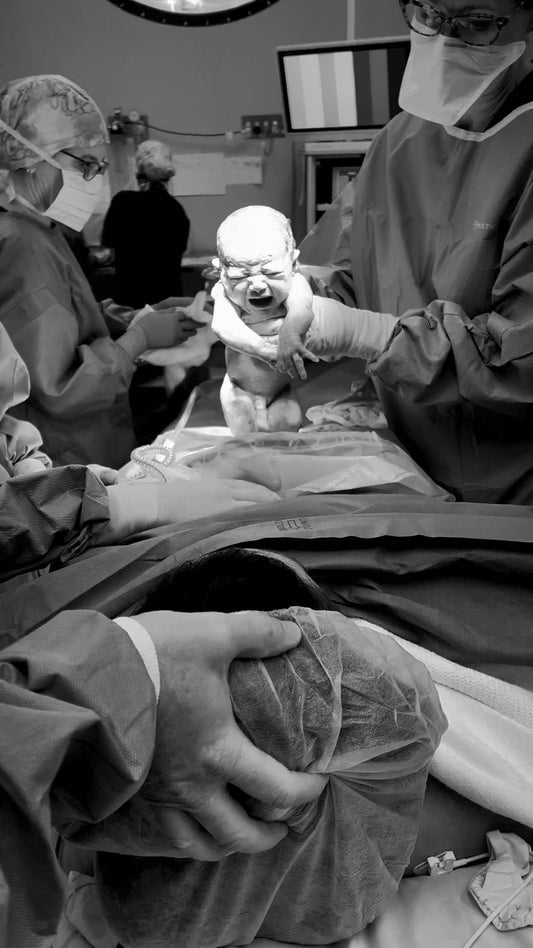A paramedic mum's story on recognising warning signs and advocating for her babies
Before I became a mum, I was a paramedic. I spent years responding to emergencies and educating others on how to act in a crisis. But nothing prepares you for the experience of becoming a parent yourself and carrying the weight of protecting your baby before they even arrive.
When I was pregnant with my first baby, Nahla, I was surrounded by the usual noise that so many first-time parents hear. One message came up often: that babies slow down at the end of pregnancy because they run out of room. Even with my clinical background, I heard this repeated so often that I started to believe it.
Then something happened that changed everything for me.
I was at a baby expo where Tiny Hearts had a stall. We were sharing life-saving education with expecting parents when I met Claire, the founder of Still Aware. She shared her own story with me about her baby and how in the days before her loss, she noticed a sudden increase in movements. Not a decrease. An increase.
I had never heard that before.
Claire’s story planted a seed. One I’ll always be grateful for.
Later in my pregnancy with Nahla, I felt something that didn’t sit right. A surge of movements that were unlike anything I’d felt before. It was intense, erratic, and completely different from the gentle rolls and kicks I had grown used to. It didn’t feel like her usual pattern.
Because of what Claire had shared with me, I didn’t ignore it. I went to the hospital and got checked. That decision saved her life.
They discovered Nahla was in distress. An emergency C-section was scheduled immediately. She was born very unwell and had to be transferred to special care. We didn’t have much longer. And I am forever grateful that I knew what to look for and that I trusted what I was feeling.
When I fell pregnant again with my second and third babies, the exact same pattern happened. A sudden and dramatic change in movements. Something that felt off. I knew the signs. I knew what I was feeling.
But even then, when I reached out for help, I was told that an increase in movements usually isn’t a concern. That it didn’t necessarily mean anything was wrong.
But I knew better.
Because of what I had experienced with Nahla and what I had learned from Claire, I advocated for myself. I asked for monitoring. I pushed to be heard. And both times, those decisions meant my babies arrived safely.
Through Tiny Hearts, I’ve made it my mission to empower other parents with the same life-saving knowledge. And one of the most important things I can say is this:
Your baby’s movements are their way of telling you they’re okay. A change in pattern, whether more, less or just different, is worth checking. Every single time.
You are never wasting anyone’s time. You do not need permission to speak up. And your intuition as a parent is valid, even if you are still learning to trust it.
This experience didn’t just shape me as a mother. It shaped why I do what I do at Tiny Hearts.
If sharing my story helps even one parent feel confident to get checked, to advocate, or to ask more questions, then it’s worth it.
A message about Still Aware
I want to share my deepest thanks to the organisation that helped change the outcome of my story and the lives of my babies.
Still Aware is Australia’s first stillbirth awareness charity. Their mission is to reduce preventable stillbirth through education, research and respectful awareness. They offer evidence-based resources for parents and health professionals, along with powerful real-life stories and tools to help you understand baby movements and other signs of concern during pregnancy.
Still Aware gave me the knowledge I needed to act. And now I want to pass that on to you.
Whether you are pregnant, supporting someone who is, or just want to be more informed, I encourage you to visit stillaware.org. One conversation, one article, or one moment of awareness could change everything.
Awareness saves lives. And I’ll never stop sharing that message.








